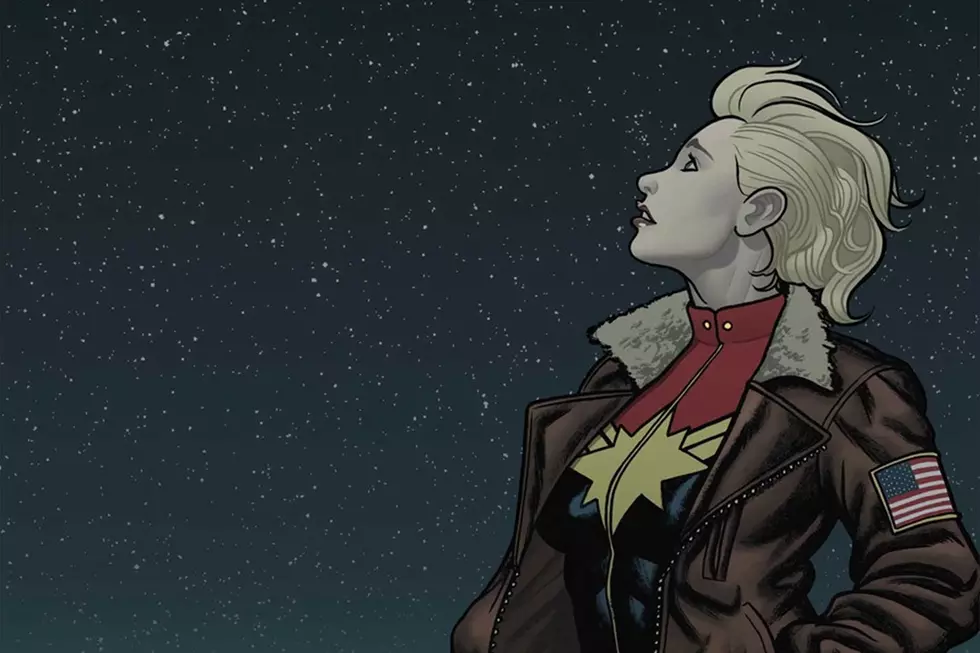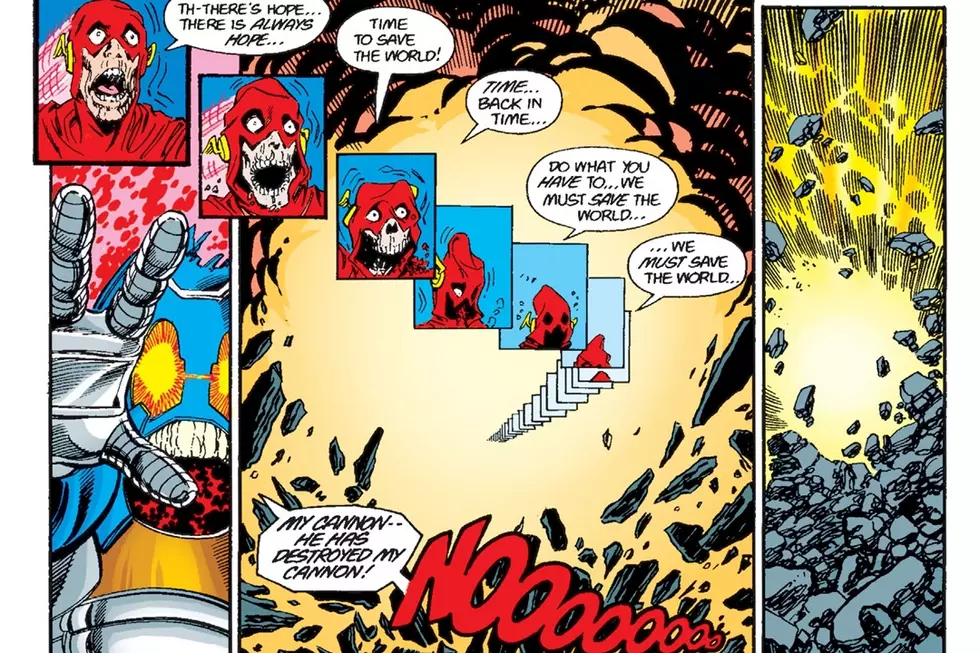
Back Off, Dad, I’ll Dress How I Like: Dracula vs Lilith in ‘Tomb of Dracula’
Tomb of Dracula came out of Marvel between 1972 and 1979: start date, one year after the CCA let up on vampires. This was a year after Hammer’s increasingly psychological Karnstein Trilogy wrapped up with Twins of Evil, and the same year (obviously) that the studio released Dracula AD 1972. While Christopher Lee grew ever more dissatisfied with what he saw as his Dracula’s creep towards absurdity, Gene Colan and Marv Wolfman (along with Gerry Conway, Archie Goodwin and Gardner Fox) created a Gothic masterpiece in the comics; a soap opera that doubled as a perfect and precise character study. Dracula’s got problems, and he’s at the root of every one.
I doubt that the creative team would have used these words, but Dracula’s in poor mental health. He spends much of the story trying to figure out what’s up with his mood; why does he feel bad if things are going well for him, why does he feel portentous?
He’s arrogant, of course, so he thinks that there must be something in his circumstances that’s informing his internal atmosphere. He misses the obvious: he’s an undead ancient hell creature with no friends, no routine, and no family who loves him. He doesn’t value anybody, he’s irrelevant to society, and he sold his soul for power; he’s aware that he’s “evil,” but doesn’t consider the obvious possibility that “everything is wrong with that”. He lives a bad life. He’s really messed up. He won’t admit there’s a problem within him.
But Tomb of Dracula doesn’t take the easy route and suggest that the simple fix would be to go back in time and just... not become a vampire. In Marvel’s version, vampirism was forced upon Vlad Dracula as a personalized revenge for racial genocide. Vlad is just an unpleasant, oppressive guy, human or otherwise — and that informs the rivalry that I am here to talk to you about today. The rivalry between Dracula, and his sexy daughter Lilith.
I mention that she’s sexy, because that’s upsetting to her ol’ Dad. Dracula: a total butthole, and a hypocrite to boot.
Dracula was still a human prince when he was forced by his father to marry a woman named Zofia. Unwilling or no, their marriage produced a child, and that child grew up to be Lilith.
But there are some gaps in that story I need to fill. Dracula, as hardly needs to be argued, is horrible. When his father no longer held any sway over anything (when he was dead, you see), Dracula kicked out his obligation-bride and their child because he didn’t like them and felt unwilling to acknowledge any responsibility towards them.
Zofia didn’t make it; Lilith was raised by a Roma woman — the comic repeatedly features “Gypsies” — who, seeking revenge for yet another of Dracula's sins, put a rather exceptional curse on her foster daughter. Lilith is a magic vampire who doesn’t have to worry about daylight or holy symbols. Suck on that, Dad! And she’s bound by mystic duty to float in and out of Dracula’s life, upsetting him on purpose. She’s really good at that.
Lilith actually functions in an even more obviously allegorical way: if she’s killed, she resurrects in a body-share with a woman who hated her own father. F--- THE PATRIARCHY, amirite?
Anyway all of this comes to, hem hem, a head, when Lilith and Dracula encounter each other in a short story from 1980 in Tomb of Dracula Magazine #3. (Tomb of Dracula Magazine was printed in black and white, and saw six issues. It provided stand-alone stories to fill in gaps in the unlife of our deceased antihero). It’s an epilogue to the main series, really; a return to Dracula’s unchanged state of mind after the end of the story of the group who spent the 70s opposing him. In this story, Dracula is in a bad mood because all of his babes and underlings are really boring.
Other problems include: his house is cold and ruined, nobody is good enough to spend time with, none of his plans ever go right, etc etc. He reminisces about bullying his first wife, he kills all of his current courtiers (because why not? He can get new ones), and then he goes to his bedroom thinking about his “true” wife, Maria, who was pure and pleasing and whom he fancied a lot.
Dracula’s getting into bed — his thought bubble monologue makes it clear that he’s going to calm himself down with some extended masturbation. But then!? He pulls back his sleep-curtain and oh no!!
Boner killer. Dracula: successfully trolled; Lilith: enduringly chill. No-one would say he doesn’t deserve it. We call it the Bronze Age, but I give Tomb of Dracula... a gold.
Best Dracula Art Ever!
More From ComicsAlliance


![Harrowing Heights And High School Hijinks In ‘Raven’ #2 [Exclusive Preview]](http://townsquare.media/site/622/files/2016/10/RAVEN_featured.jpg?w=980&q=75)






